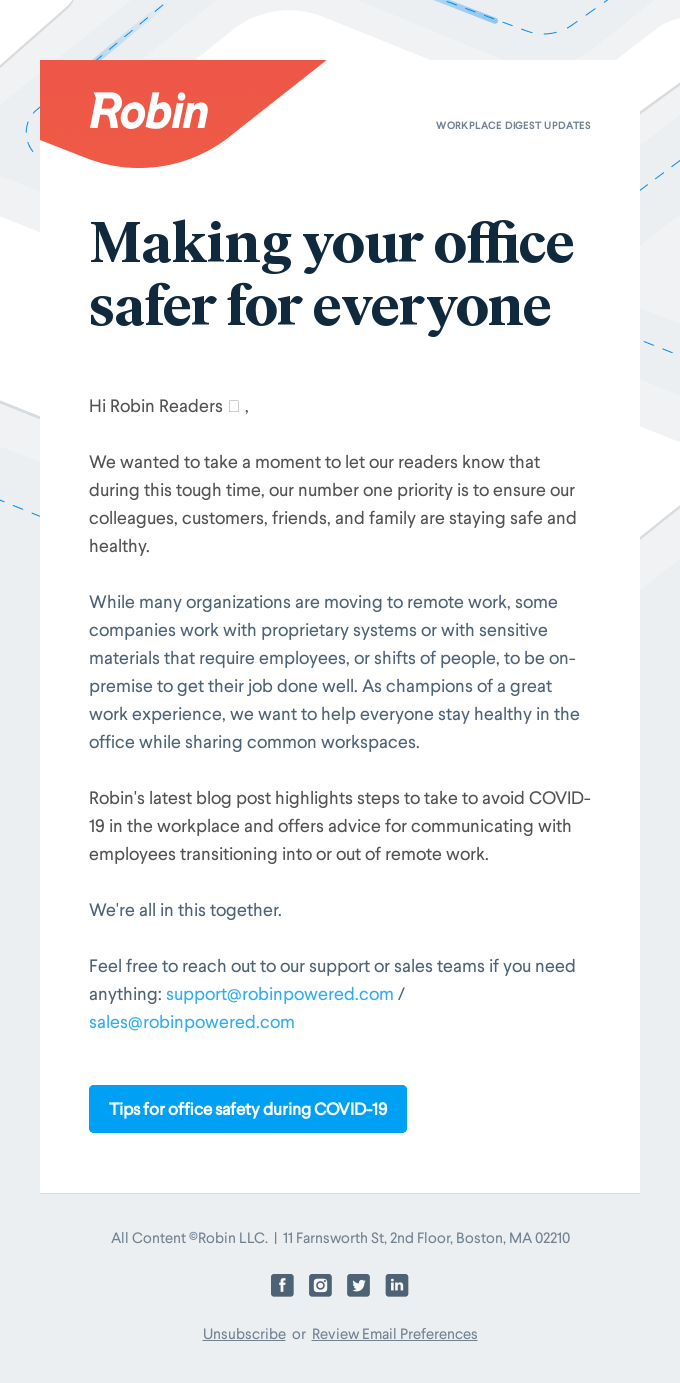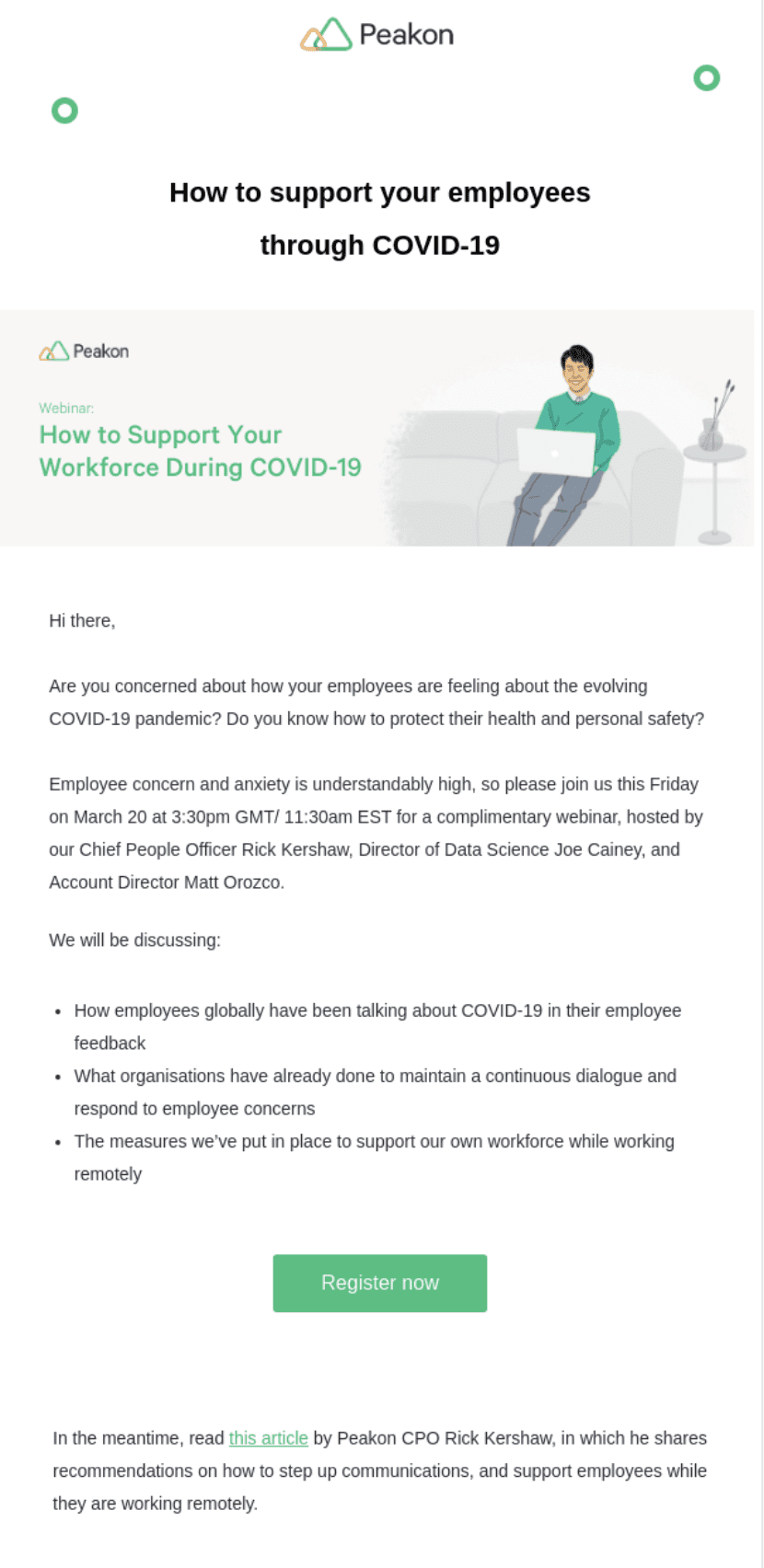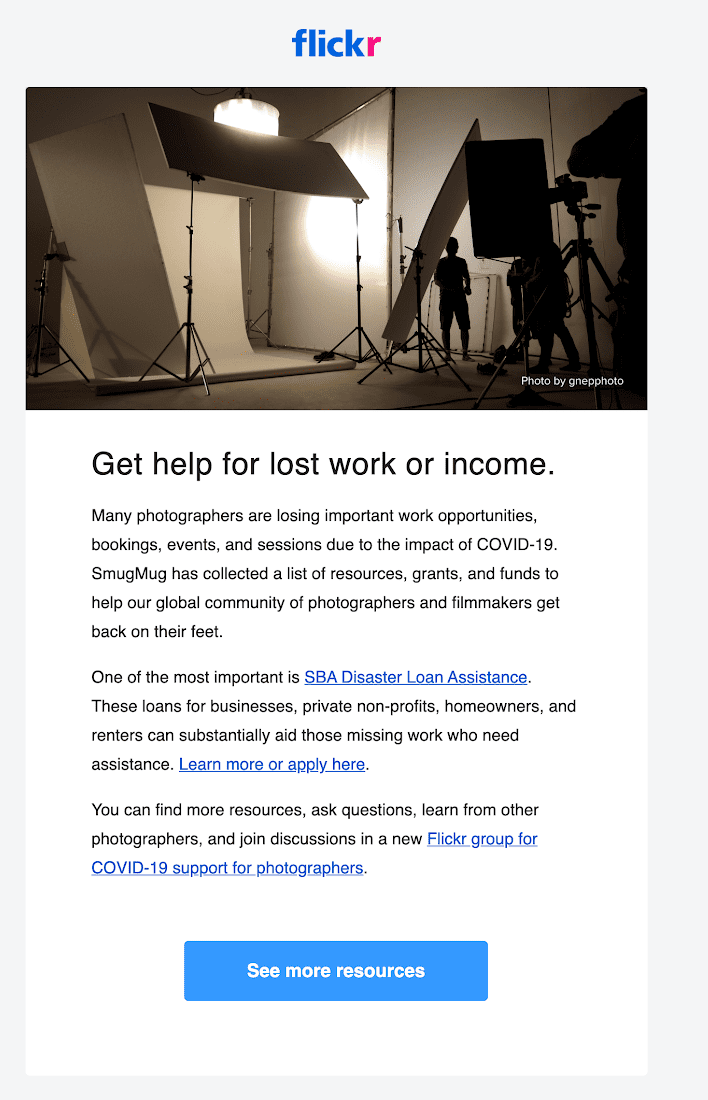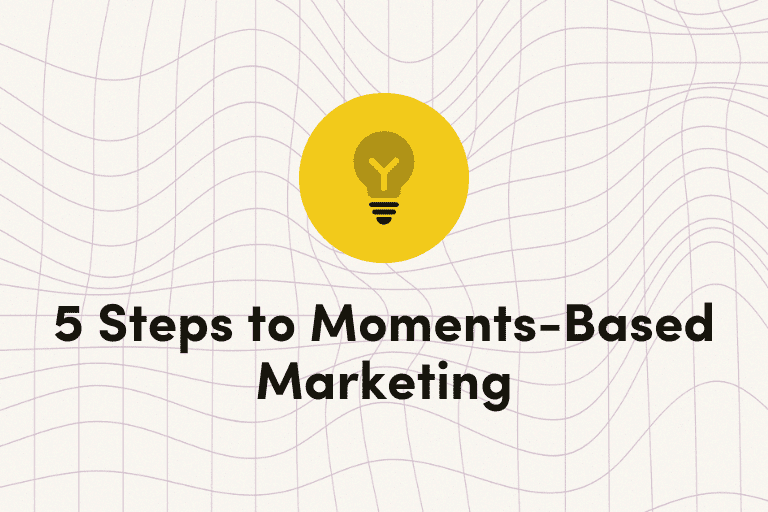As we soar past the year-mark of the pandemic, organizations have paused and reflected on the ups and downs of their businesses over the last year. There have been some clear “pandemic winners”—think Amazon, Zoom, Netflix—but many more have struggled.
It begs the question: What can we learn from thriving companies in order to grow in a post-pandemic marketing reality? And with so many things still in flux, what can we control?
The coronavirus continues to provide a big lesson on the importance of agility, as companies found they had to adapt and respond quickly to changing events. While some of the marketing tactics we saw in 2020 may be temporary, many brands have pivoted away from action-oriented marketing, instead taking a more empathetic approach.
Marketers now realize how important it is to be comfortable with change and willing to shift gears when necessary. While uncertainty has almost become commonplace, we’ve also seen various ways in which we can control marketing efforts during this wildly chaotic…err…“unprecedented” time.
We’ve seen attitudes shift towards relevance and social, cultural and political values, which have taken on new importance and enduring impact. To help guide your strategies into the post-pandemic marketing future, we’ve identified three techniques you can employ now to amplify the way you’re reaching your customers.
3 Techniques for Post-Pandemic Marketing
1. Conveying compassion through messaging and design
How can your brand best convey compassion? Remember that your customers are people, too!
They have different experiences and viewpoints, and we can learn a lot by tuning in and listening to them. The pandemic experience has shed light on how brands can be resilient through these challenging times with the right messaging.
Depending on your brand and audience, consider experimenting and A/B testing different design trends and personalizing messaging to different segments. Remember to track your baseline and constantly iterate on results.
In the following example, Airbnb first empowers readers by outlining its priority to ensure hosts remain in control of their hosting business. Hosts often depend on Airbnb for their livelihood or a major portion of their income, so they provide readers with various resources depending on how they prefer to interact with the Airbnb brand.


Airbnb uses email to highlight the power of the hosts. Source: Really Good Emails
Airbnb subscribers may want to read through a blog post on tips & tricks, explore a new feature on the platform, or actively participate in an AMA webinar. The email’s well-structured headlines, clean design and clear CTAs make it easy for users to take action.
If your organization is utilizing cross-channel post-pandemic marketing or offers a diverse product mix, consider the customer’s experience. As consumers have been pushed to adapt digital channels at a rapid pace, their expectations have been heightened for both a personalized and fluid online brand experience.
More than just having an option to buy online, does your organization offer delivery, as well as in-store or curbside pickups? How easy to use is your app, and are those experiences interconnected?
Consider Target’s response below. Although stores stayed open in order to provide guests with essential goods, the retailer clearly outlined the safety steps and measures taken in a clean, infographic format. With constant updates and changing regulations, it helps to visually explain how the brand is assisting customers in taking proper safety precautions.


Target clearly showcases the measures taken to ensure everyone remains safe. Source: Target
2. Treat both consumers and employees with empathy
One thing we love to see in brands is how they’ve treated their employees during the pandemic. 90% of consumers said that even in tough times, it is important to them that brands take care of their employees and treat them well. Have you announced a remote-work option for all employees? Introduced mandatory paid time off days to encourage work-life balance?
Robin, a hybrid workplace software provider, first acknowledges the stress that both its customers and employees may be experiencing, but then offers tangible advice and steps to take to keep them safe when re-opening offices. This email assures readers that the company is on their side and here to support them.


Robin provides tangible advice as employees and customers become remote. Source: Really Good Emails
Peakon, an employee management software company, takes an informational approach to provide various internal and external resources to business owners, offering a webinar to discuss steps the company has taken to support their remote employees, as well as an article with recommendations from their Chief Product Officer.


Peakon provides internal and external resources to business owners as a one-stop resource. Source: Really Good Emails
Even as consumers change their spending habits, it’s shown that employee treatment impacts brand favorability. We know that to build a more meaningful connection with consumers, brands must practice empathy—but also prioritize maintaining relationships with both customers and employees.
3. Don’t add to the chaos
According to a survey conducted by Edelman, consumers are more likely to purchase something from a company during and after the COVID-19 crisis if that company has spoken out appropriately about the pandemic. Further, 84% of respondents say that they want “brand advertising to focus on how brands help people cope with pandemic-related life challenges,” focusing their messaging on solutions, not selling.
Consider this email from Flickr, which offers an actionable plan for photographers who have lost work or income opportunities. Here, they’ve collected different resources and linked to loan assistance, as well as a community support group.


Flickr collected a group of resources for photographers. Source: Flickr
The pandemic has impacted us on an individual level worldwide, and providing empathetic communications and actions will lessen the risk of inadvertently coming off as insensitive. Don’t add to the chaos.
Think about the content and timing of your messaging; what kind of value you’re providing; the tone of your emails; and whether you’re offering the appropriate tools for support.
Are these post-pandemic strategies here to stay?
In short, yes. We fundamentally changed the way we think, behave and consume in 2020, and the need for change is far from over. In fact, many marketers are planning on maintaining these new customer communication strategies well into 2021.
Using the knowledge we’ve gained from watching brands grow and change, we continue to identify what is in our ability to tweak so we can remain in control of our messaging across channels.
Understanding emotional intelligence as a concept can be retooled towards marketing. As we dive deeper into the post-pandemic world, combine this emotional intelligence with your traditional marketing tools like A/B testing, creatives and CTAs. With this combination in place, customers will see your brand as one they can connect with, depend on, and trust.
Find out what other brands have done to succeed during the pandemic and beyond at Iterable’s signature conference, Activate Live, on April 7.































